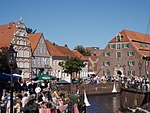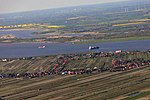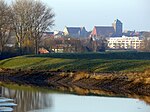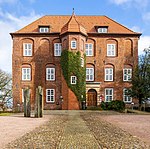Bremen-Verden
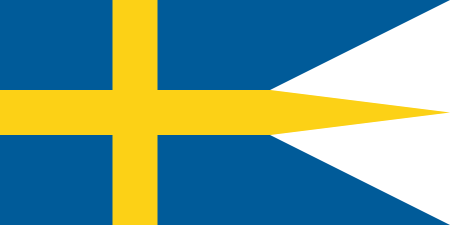
Bremen-Verden, formally the Duchies of Bremen and Verden (German pronunciation: [ˈfɛɐ̯dən]; German: Herzogtümer Bremen und Verden), were two territories and immediate fiefs of the Holy Roman Empire, which emerged and gained imperial immediacy in 1180. By their original constitution they were prince-bishoprics of the Archdiocese of Bremen and Bishopric of Verden. In 1648, both prince-bishoprics were secularised, meaning that they were transformed into hereditary monarchies by constitution, and from then on both the Duchy of Bremen and the Duchy of Verden were always ruled in personal union, initially by the royal houses of Sweden, the House of Vasa and the House of Palatinate-Zweibrücken, and later by the House of Hanover. With the dissolution of the Holy Roman Empire in 1806, Bremen-Verden's status as fiefs of imperial immediacy became void; as they had been in personal union with the neighbouring Kingdom of Hanover, they were incorporated into that state.
Excerpt from the Wikipedia article Bremen-Verden (License: CC BY-SA 3.0, Authors, Images).Bremen-Verden
Poststraße,
Geographical coordinates (GPS) Address Nearby Places Show on map
Geographical coordinates (GPS)
| Latitude | Longitude |
|---|---|
| N 53.600833333333 ° | E 9.4763888888889 ° |
Address
Poststraße 34
21682 , Schölisch
Lower Saxony, Germany
Open on Google Maps
